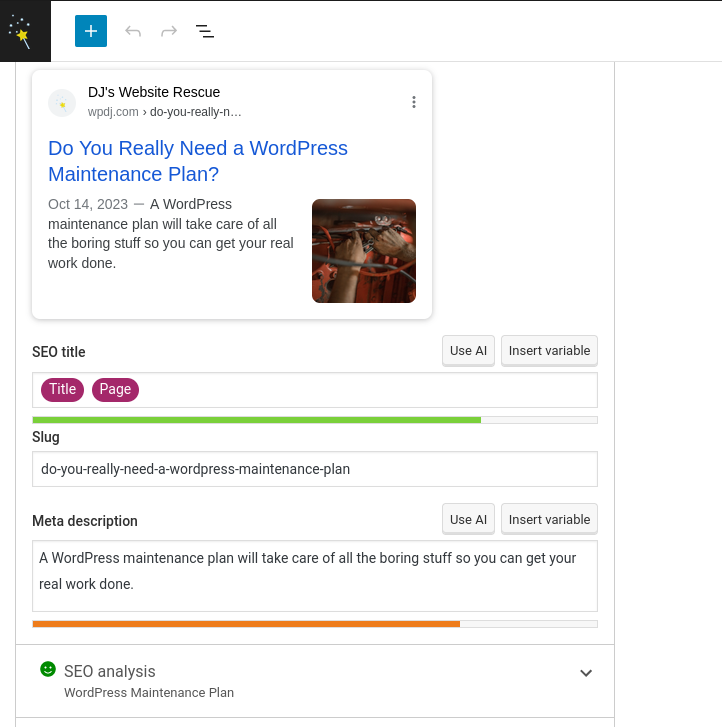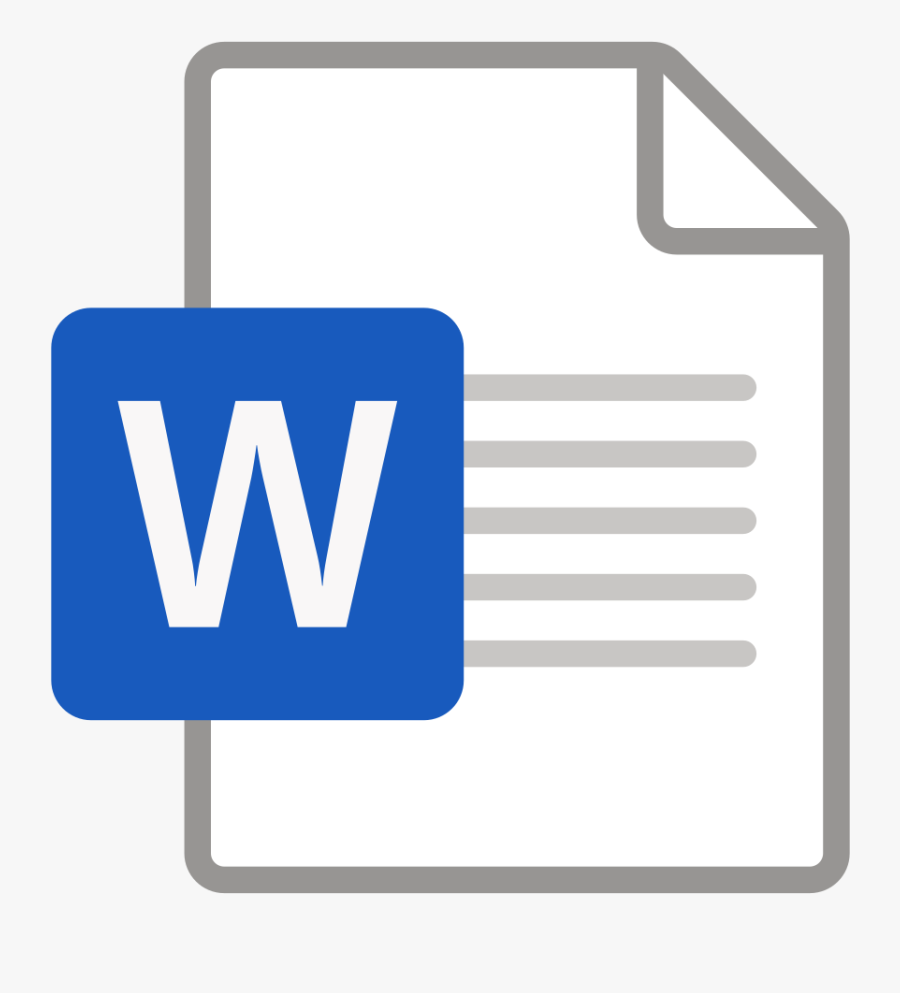“You should be blogging!”
I’ll bet you’ve heard that advice more than once. Well, at least once from me. While it is a darn good idea, what you probably hear less often is practical advice on how to do it. Sure, just twiddle your fingers over the keyboard and magic will happen. If only it were that easy. But while writing blog posts isn’t the easiest thing in the world, it also doesn’t have to be torture.
In this post, I lay down a handy guide to writing effective blog posts, no matter what kind of website you have.
What makes an effective blog post?
Before you start tapping those keys and laying down the brilliance, it’s a good idea to define what it is you want to get out of posting. What makes an effective blog post largely depends on your answer. Take a few minutes to think about it. There’s no right answer, but some common reasons for posting are:
- Get something off your chest (aka, rant)
- Teach a skill or explain a process so others can benefit
- Write an essay or verse for fun or to entertain
- Gain new subscribers or customers
It’s possible you can accomplish multiple goals with one post, but it’s good to decide your main purpose before you start.
For example, let’s say you want to share something you’ve learned how to do — like make a delicious curry noodle soup. If you spend most of the post writing about how your grandma used to make you soup when you were sad and how soup still makes you feel all cozy and happy, then stick a quick recipe at the bottom, readers might get frustrated. However, if you write a detailed post about your unique method of making curry noodle soup and briefly weave in a bit about your grandma, that would be a much more effective — and still entertaining — way to share your skill.
An effective blog post is any post that helps you accomplish your goal. If you’re happy sharing your poems on your website for anyone to find, then post and walk away. Done!
If you want to gain new customers through internet searches for your industry, then you’ll want to do some SEO keyword searching to make sure your post reaches whoever makes up your intended customer base.
Once you define what an effective post means to you in any situation, then it’s much easier to write. But once you know that, where do you start? You get your ducks in a row.
Get Organized
When you have a world-beater of an idea for a blog post, you might have a bunch of words in your head ready to cram onto the page. Hold your horses, Pardner. Even if your idea is solid gold, do yourself a favor and take some time to plan your post.
Would you love some help outlining your blog posts? Start with the same template I’ve been using for years! Download my Effective Blog Post Template for free.
If you’re writing a post about your particular industry, you may want to first do some online research. Have a lot of people already written about your topic? That’s okay, but you want to make sure you add your unique voice to it.
Keyword searching
It’s also a good idea to do some keyword searching to see what people are already searching to find posts like yours. A great, free tool for this is WordStream. See what kind of posts come up with those keywords. The thing is, you want to be at or near the top of that list. It’s worth doing the research.
Create an outline
Maybe you haven’t written an outline since your school days. There’s a reason they taught you to do that. Writing an outline helps you create a framework for your post. Instead of randomly laying your thoughts down and wondering if it’s leading anywhere, you can follow your framework (outline) and know where you’ll end up. You don’t have to follow a formal outline process, just do whatever works for you. Personally, I write major headings for different areas I want to cover with bullet pointed ideas in each section. Even if I tweak it after I’ve started writing, at least I’ve done the hard part of figuring out mostly what I’m going to say.
Another great reason to create an outline is that you can write your post out of order. Yep. Who said you had to write it from start to finish? Instead of being stuck on a tough section and not moving forward at all, skip to a section that’s easier to write. If you’re inspired to write the nuts and bolts of the tutorial but are completely blanked on the intro, then write the tutorial first. Many times I’ll even save the intro until the end, in case I can include something juicy I wrote in the middle.
Now ignore all that
Okay, I’m going to contradict myself a little here. If you’re writing a poem or an opinionated rant just to get something off your chest, then skip the outline and keywords. Just write! That said, even when I’m writing a personal essay I’ll often craft a minimal outline so I don’t stray too far off my intended path.
Write Like a Human
Are you a robot? I didn’t think so. Since you’re flesh and blood, write like you are. Unless you’re writing a white paper for a government think tank, give your writing some personality. Don’t worry too much about grammar and spelling as you write. Write your post as if you were talking to a friend. When you’re done, you can go back through your post correcting things and adjusting your voice if necessary. Grammarly can be a big help with that.
A word about word count
How many words should a blog post contain? It goes back to what you want to get out of your post. Personal essays, rants, or verse? Word count doesn’t matter in the slightest.
However, if you want to write a post that search engines like, a good rule of thumb is keeping your word count above five hundred. In my experience, when writing tutorials or industry-related posts to gain customers it’s a good idea to keep your posts under 2,000 words. People have short attention spans these days, so a post over 1,800 words had better be super entertaining or broken up into sections with lots of images.
Hot tips for effective blog posts
I’ve covered the basics of writing an effective blog post, but here are some quick tips:
Yoast
If you’re using WordPress for your blog (and I highly recommend it), you should get the free version of the Yoast SEO plugin. In your post editor, a section will appear below your post that will help you fine tune your keywords, meta description, and more so your post appears higher in search lists.

Yoast also gives you hints to improve your SEO, rewarding you with a green smiley face when you’ve got it right. I live for the smiley face.
Try the block editor
Okay, maybe you haven’t posted in years because you can’t get on board with the WordPress block editor. I know you love classic, but times change. Once you get the hang of it, it really is much easier to format your posts. Give it a try.
Use images in your posts
A post that consists only of text is not a crime. Especially if you’re writing verse or an essay. However, if you’re writing a guide or long tutorial, putting images in your posts is not only helpful but provides an easy way to give readers a visual break. Try to keep your images under 120kb in size so they load quickly, and make sure you include alt text for visually-impaired readers!
Even if you are writing verse or an essay, readers still like to see some kind of image at the top. It also helps to make your post archive pages look nice. Food for thought.
Call to action
It doesn’t matter if you’re writing a haiku, posting a juicy rant, or sharing a tutorial; you need a call to action somewhere in your post. A call to action is just like it sounds — you’re waving your arms and saying, “Please do this thing!” Maybe you want readers to subscribe to your newsletter or RSS feed. Or possibly you want them to share your post with friends.
Whatever your call to action is, it doesn’t need to be complicated. It can be as simple as signing off the post with, “Thanks for reading! If you enjoyed this post, share it with a friend.”
Go Forth and Write
Blogging sure isn’t as easy as tapping out a few words on social media. If it was, everyone would do it. But if you do it well, it’s a worthy endeavor. The more you write, the better you’ll get. There’s no better time to start practicing than right now.
Photo by Sincerely Media on Unsplash
Don’t forget! You can get help outlining your blog posts! Start with the same template I’ve been using for years! Download my Effective Blog Post Template for free.


Leave a Reply